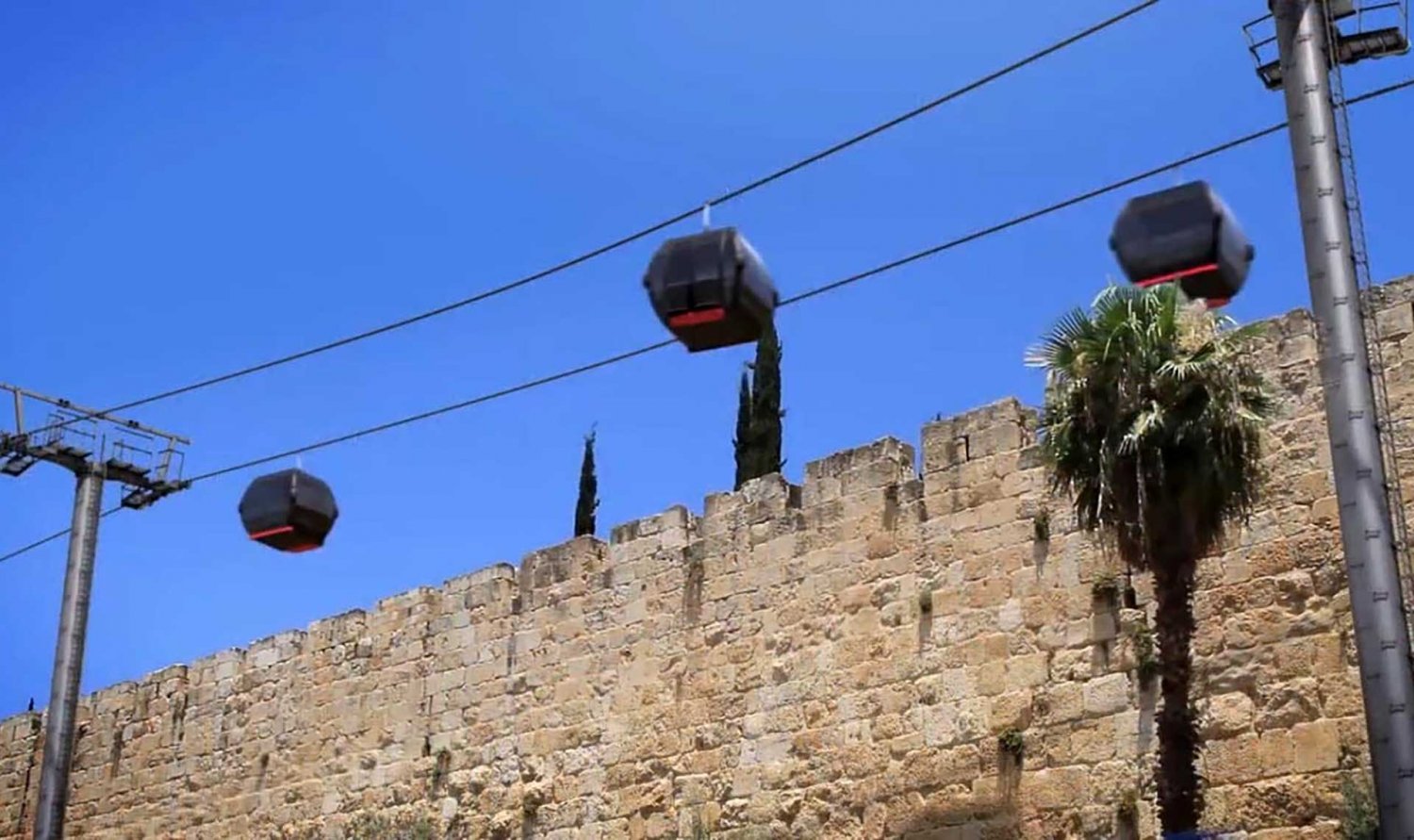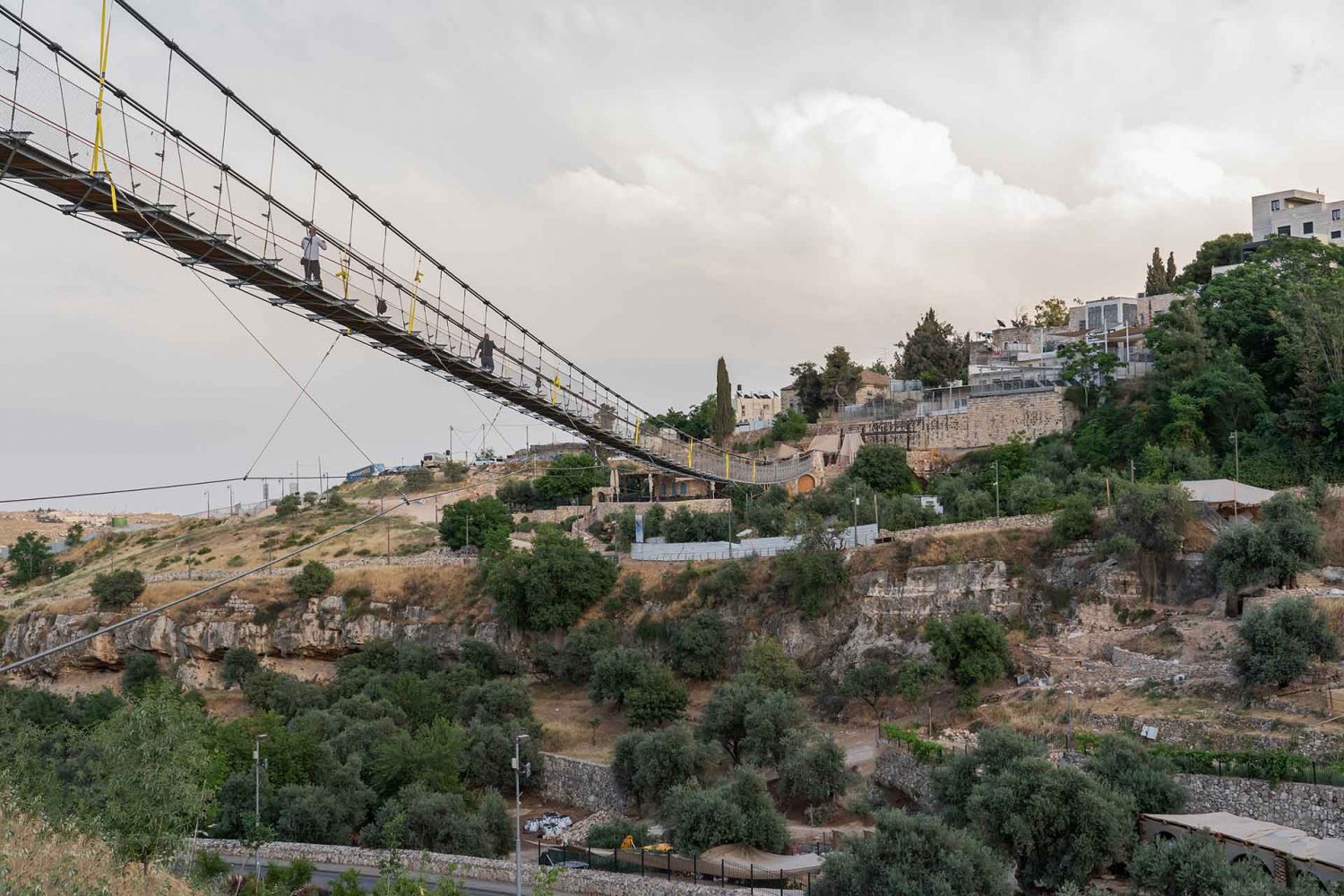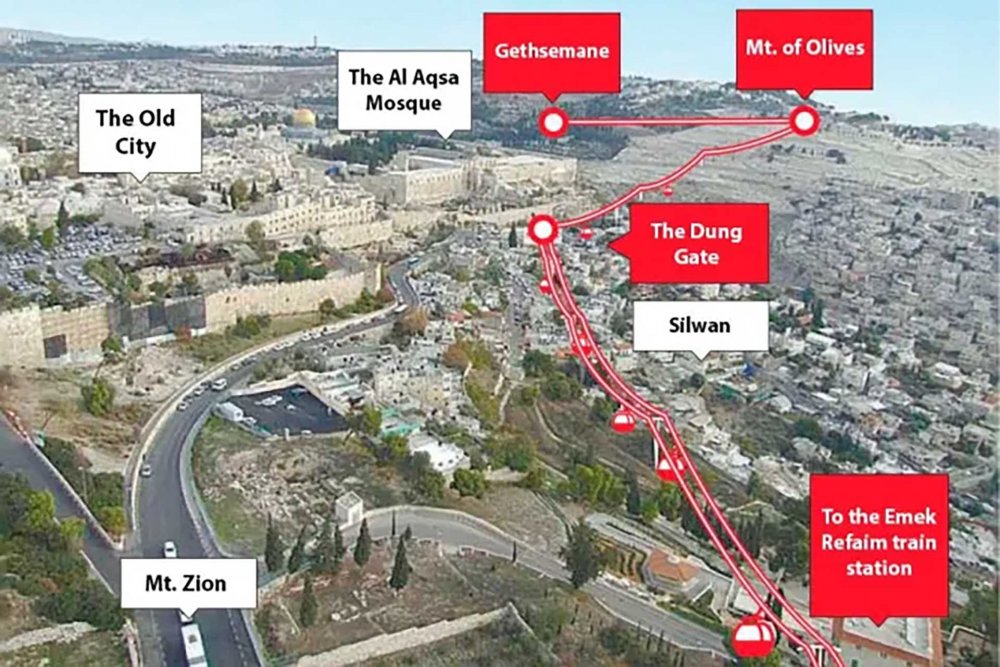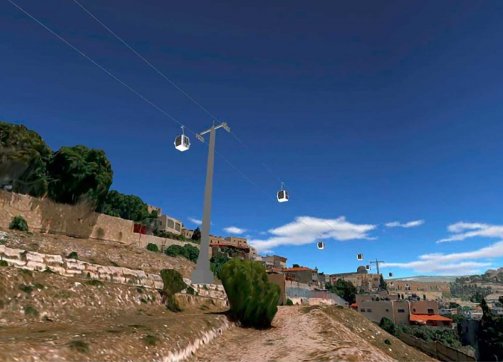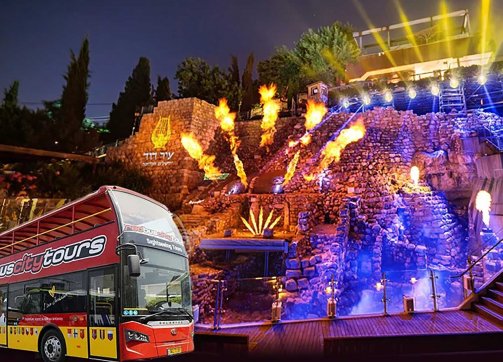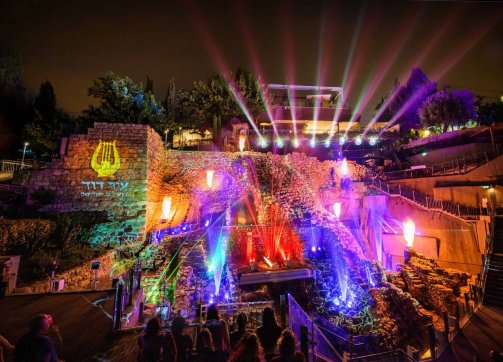Israel completed the first part of a suspension bridge over Wadi Rababa (or Hinnom Valley) in the Palestinian district of Silwan in East Jerusalem.1 With this and other tourist projects in motion, Israel is erasing Jerusalem’s history as a multicultural city and transforming the ring around Jerusalem’s Old City into a Jewish theme park serving a unilateral political agenda.
The bridge is more than 100 feet tall and nearly 660 feet in length2—making it the longest pedestrian bridge in the country3—and connects Mount Zion to Bayit Ba’Gai (A House in the Valley) a “café” belonging to the Elad settler association4 on the outskirts of the Palestinian neighborhood of Abu Tur. The café itself is on three dunums of land that was confiscated from its Palestinian owners through an illegal swindle scheme. Legal proceedings in this case dragged on for years.5

